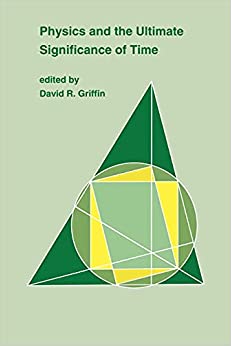Please answer in a complete manner. Thank you so much
Finding the Quickest Route Home Imagine that you have been out bicycle riding in a field, and you are 4 miles from the Preliminary Problem road. Further, imagine that if you went straight to the road, you'd need to ride another 4 miles down the road to get home. This is shown as path A in the figure below. Alternately, you could For 4 seconds an object moves along a straight path (in meters) according to the function: ride straight home, following path B shown in the figure. We can also consider riding in a straight line to a point x miles down the road, and then along the road, as shown as route C in the figure. You can ride on the road with a speed of 9 mph, but you can only ride at 4 mph when in x (t ) = =14 -2+3 + +2 + 2 Outs 4s the field. Which path is quickest? To help you through this complicated problem, a list of steps is presented. Find the minimum and maximum positions of the object during the motion. To help you solve Path C hits this problem, a list of steps is presented. road at (x, 4) End at Step 1. Take the derivative of the function. Path A y axis (4.4) - Path C dx Path B Start at (0,0) Step 2. Solve for the value(s) when at x axis 1. Figuring out the distances. For path A, figure out the distance you ride through the field, DAY, and the distance you ride along the road, DAY. Similarly, find the distances traveled both on the road and in the field for paths B and C (DBr, DBf, Dcr, Dcf). Note that the D values for path C will have x as a variable in the expressions. t = t2 = t3 = Daf DAY Step 3. Are these times in the range of 0 to 4 seconds? DBf = DBY= Step 4. Evaluate the position, x(t), at t = 0, t = 4 s, and any values from step 2 that are between 0 and 4 seconds Def (x) = Dcr(x) = 2. Figuring out the times. Find the total time it would take you to follow path A, and the total time it would take you to follow path B. x(t, ) = x (t2 ) = x (t3) = x(0) = x (4) = tA= Step 5. What are the maximum and minimum positions of the object during the time interval of its motion? Summary of results: Optimum x value = t(x) = Which path home takes the least time? Explain your







